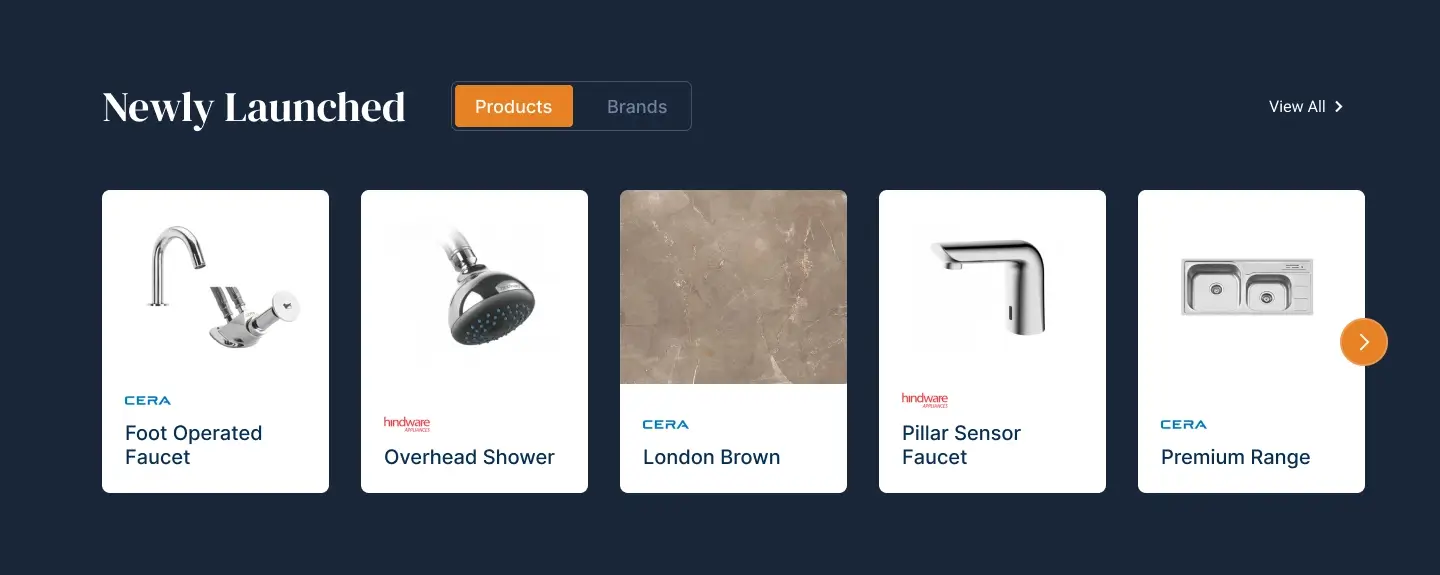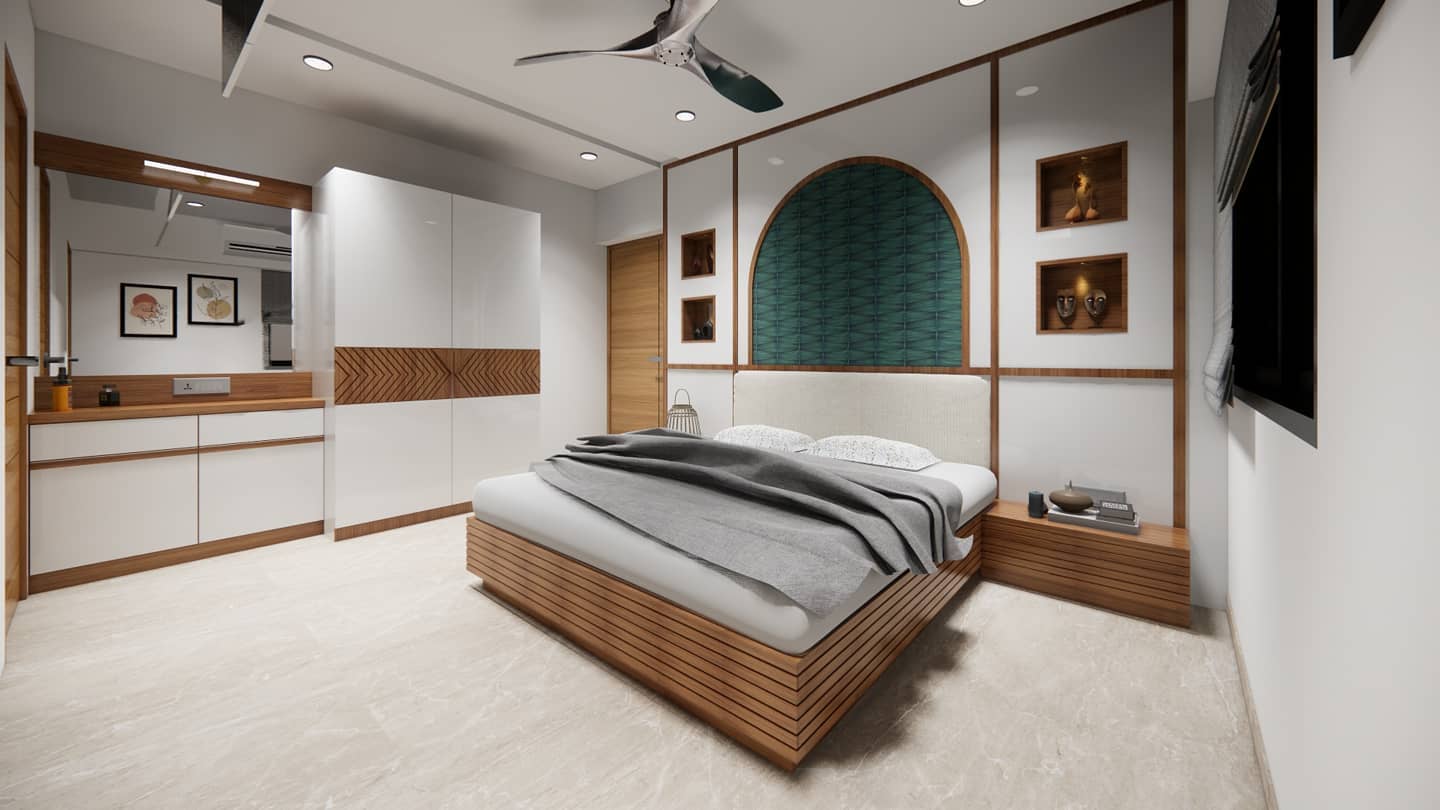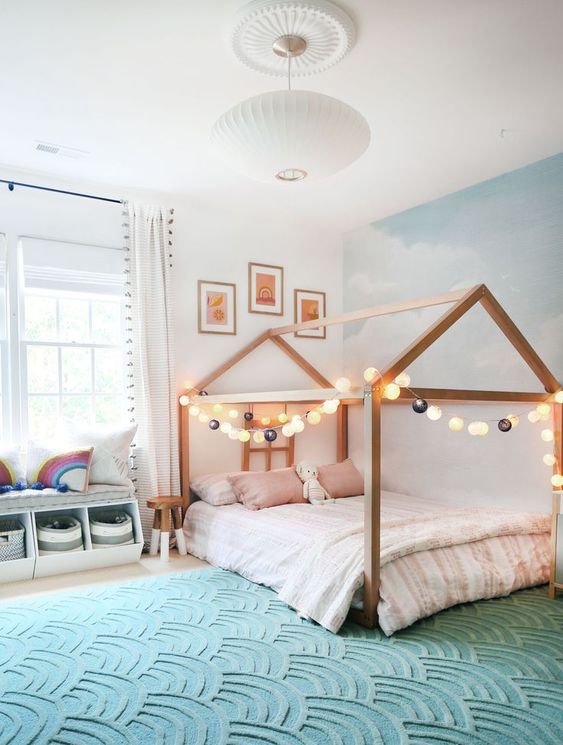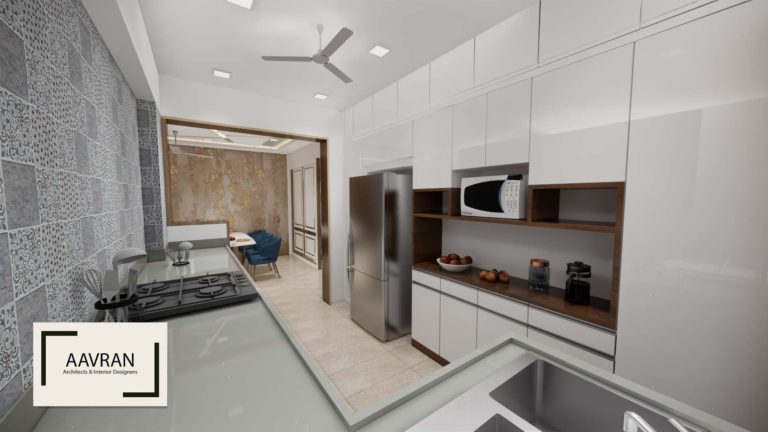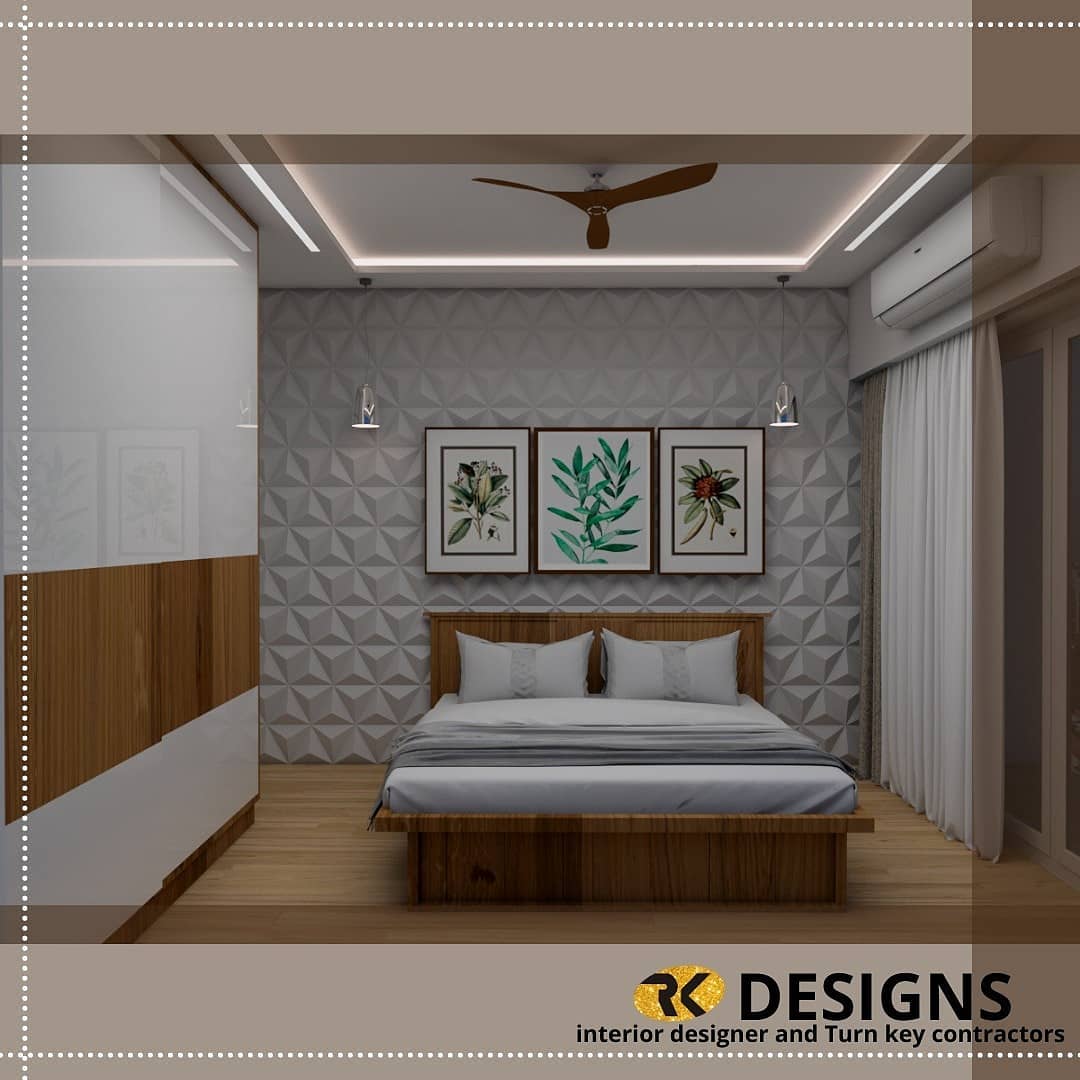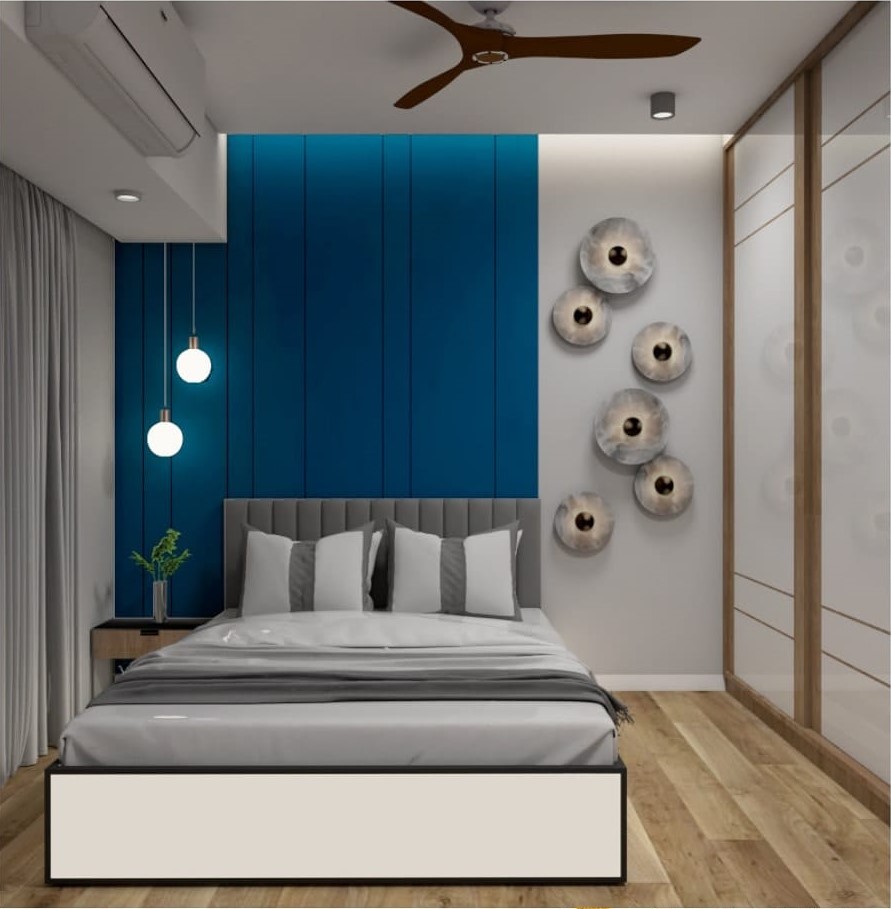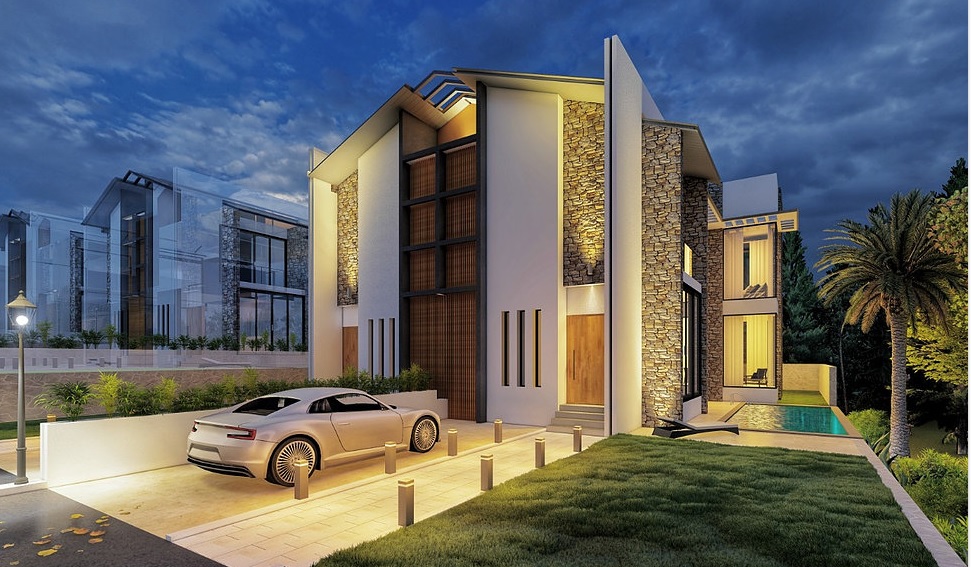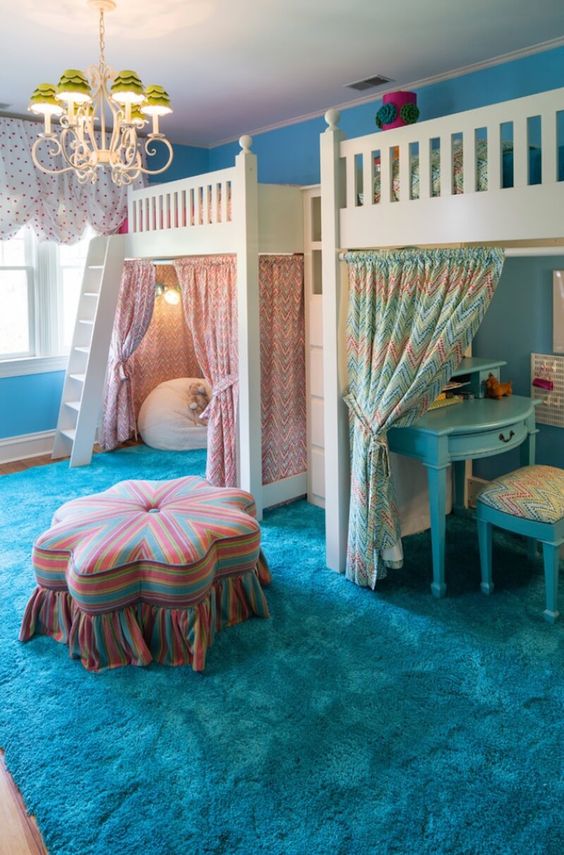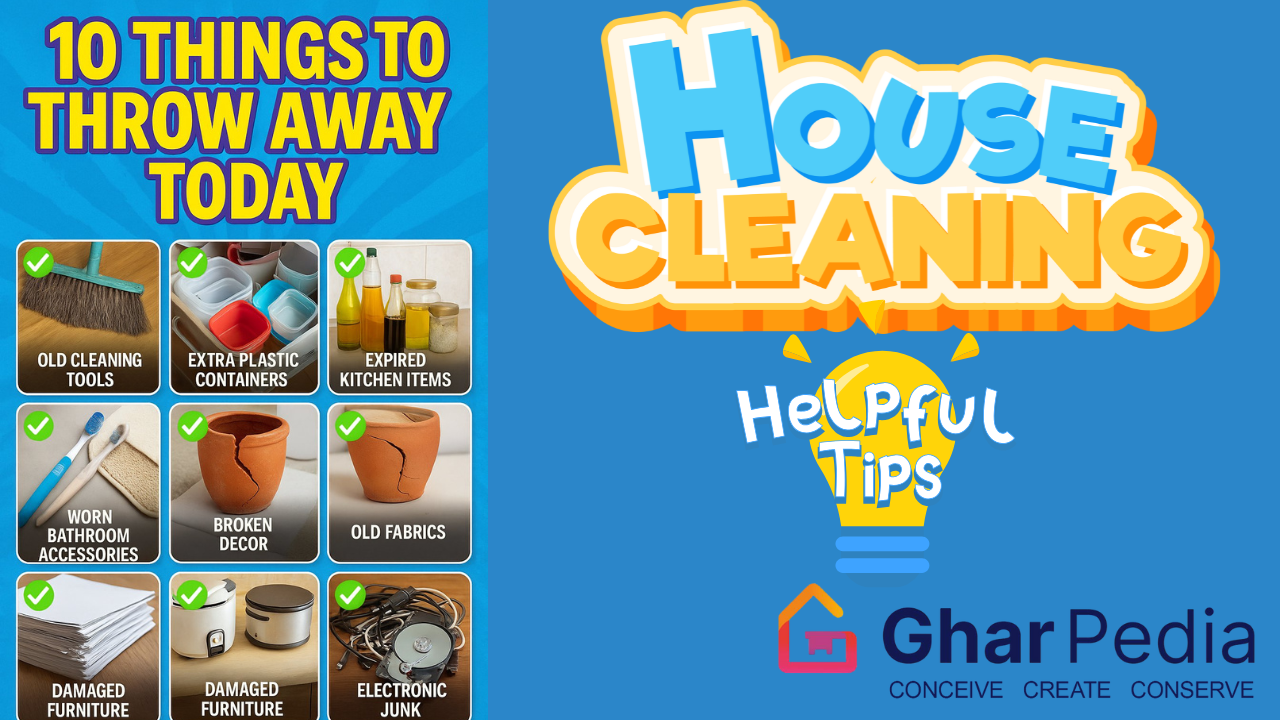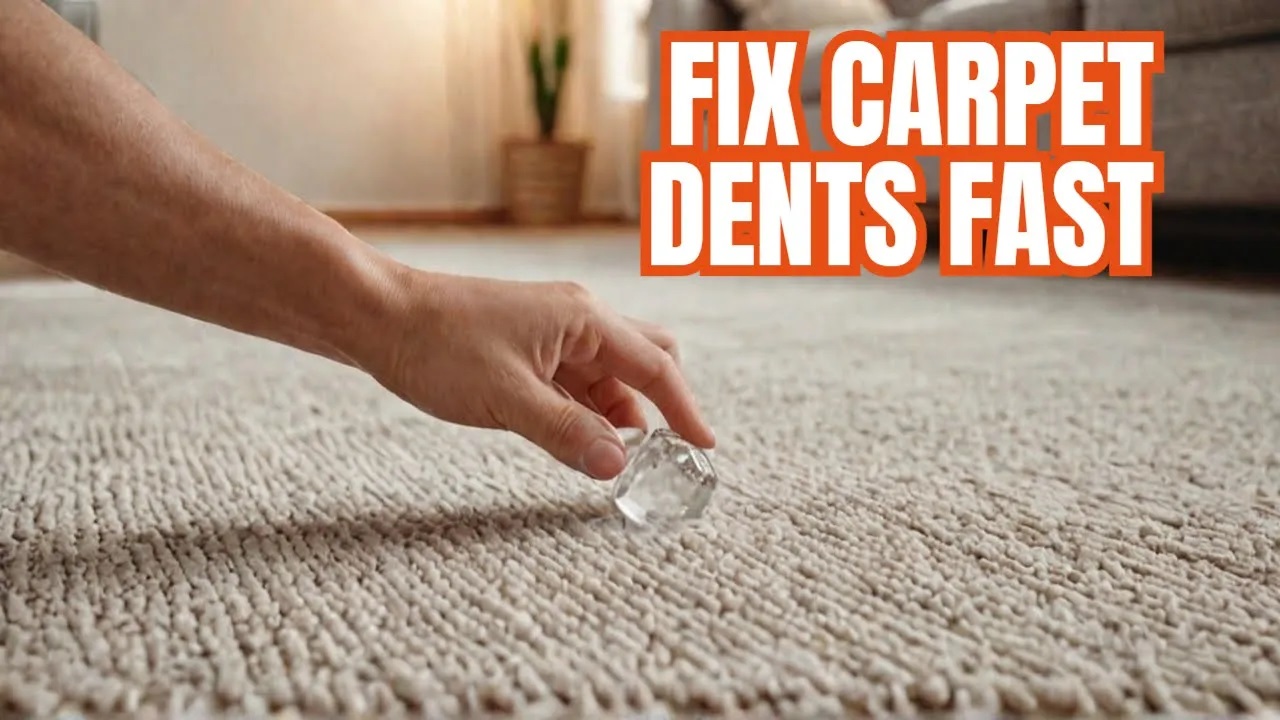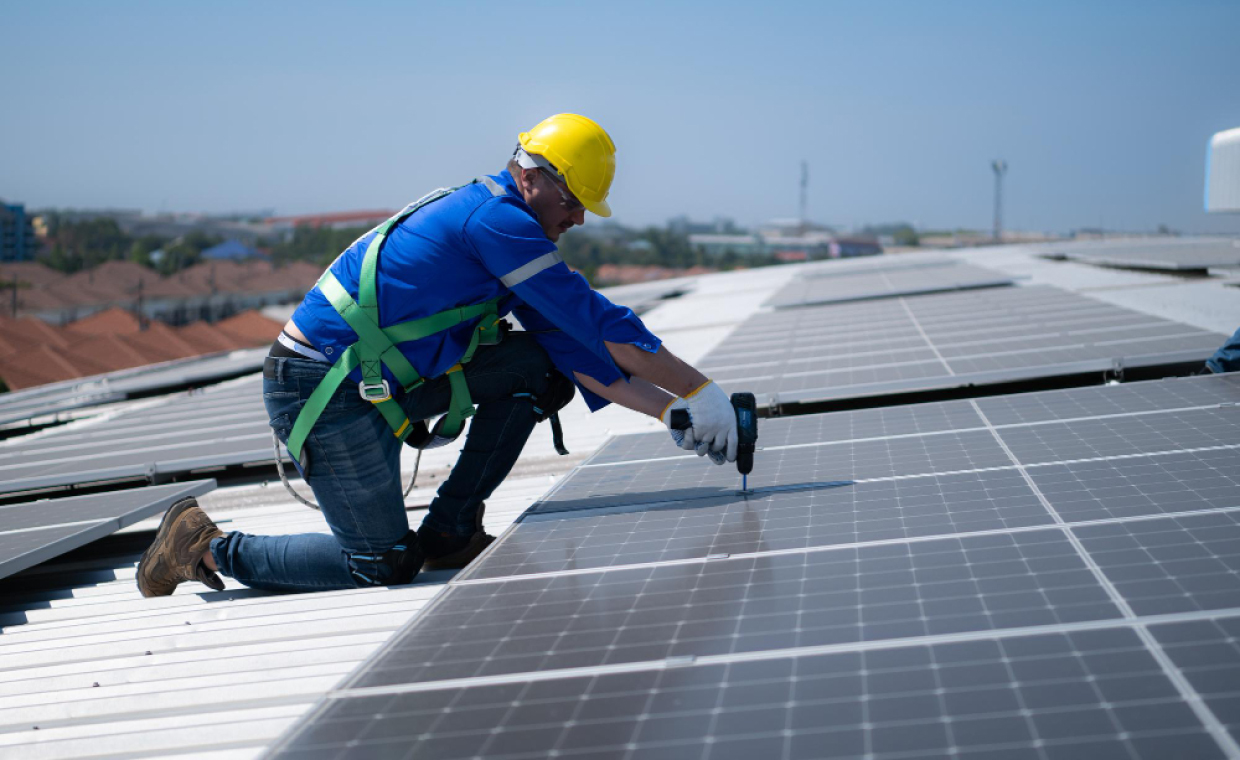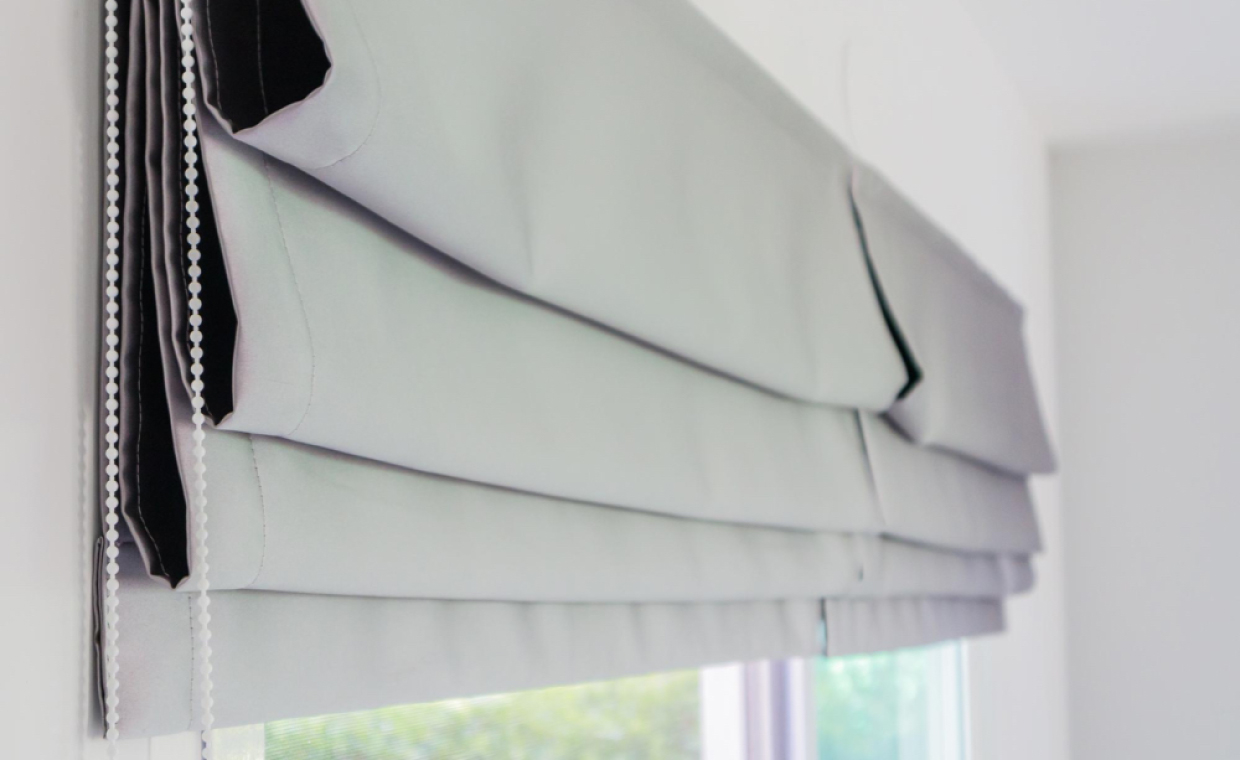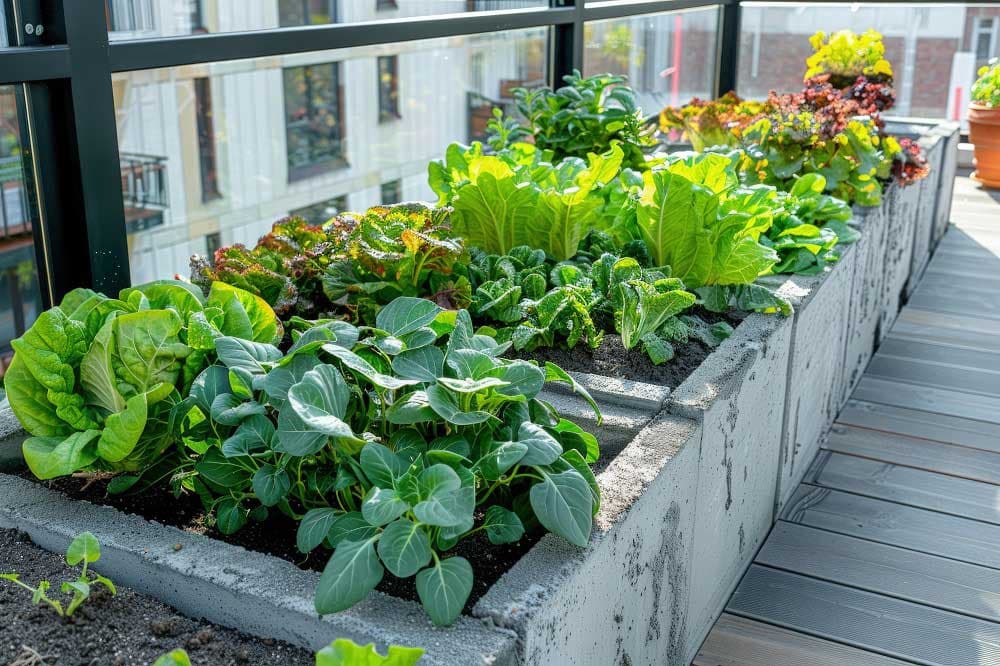
Table of Contents
Are you a garden lover living in a small apartment? Do you want to create a vegetable garden but feel clueless about where to start? Don’t worry; you are at the right place.
It doesn’t matter whether you have a small balcony, a tiny space outside your home; you can create a vibrant small apartment vegetable garden with a variety of plants, shrubs, and herbs. With careful planning and planting, even your small balcony can transform into a productive, fruitful, and veggie-filled patch.
So, without any further ado, let’s start the balcony gardening journey!
5 Things to Consider for Your Vegetable Gardening

1. Availability Of Light



Sunlight is an essential factor to consider when starting your container vegetable gardening journey. Plants make their food, so if you want your space to be lush and green, you must provide them with enough sunlight.
Make sure the location you choose for your garden gets enough sunlight for the plants to grow. However, it’s equally important to ensure that the plants are not under harsh, direct sunlight for extended periods. Balance is key. So, do the homework to find the perfect spot for your little plants.
2. Choose The Right Plants



After having the spot for your garden, the next task is selecting the right kind of plants. Just like you wouldn’t wear a formal suit to an informal meetup (and vice versa), selecting the right plants for your garden enhances its beauty and overall appeal.
3. Get The Soil Mix Right



Having proper sunlight is not the only thing you need to consider. Soil quality is equally important. Remember, not every plant thrives in every type of soil. Choosing the best soil for vegetable garden ensures better nutrition and growth.
For example, root vegetables like carrots and potatoes grow best in clay and sandy soil. Surface root vegetables like beetroot and garlic are better suited to silty soil. Meanwhile, loamy soil, a mix of sand, silt, and clay, can support almost all types of vegetables. Remember, the better the soil, the richer the nutrients, and the healthier the plant growth.
4. Keep a Toolset Handy



While designing a veggie garden, it’s important to keep a toolset handy. You never know when you might need to fix a pot, trim a shrub, tie a planter, or hang one; a toolset will be your best partner in all these situations.
5. Invest In Good Planters



Good planters are crucial for a thriving small apartment vegetable garden. When creating a balcony garden, you’ll need planters or containers where your plants can grow and flourish. Be precise while selecting planters: choose ones that don’t take up too much space in your garden. Use hanging planters for herbs and space-efficient containers for larger plants.
Also, make sure the planters are lightweight, because once you add soil and water, their weight can triple. Research the material of the planter as well. Go for more sustainable and reusable planters. Fibreglass, terracotta, and bamboo planters are among the most popular choices for small balcony veggie gardens.
10 Vegetable Gardening Tips for your Small Apartments:
1. Plan your Layout

The first thing you need to do is plan the layout for your garden. Check the size and space you have. Do a quick calculation for the items you can include in the garden. Don’t restrict yourself to horizontal design only; go vertical to minimise space usage!
Make use of vertical space with shelves, wall planters, and hanging baskets. Vertical gardening ideas are perfect for maximising space in small apartments. Use containers, planters, and small pots to design the space creatively. You can even use a pergola to build a vertical garden.
Be precise while choosing the planters and containers for your veggie garden. Don’t go for large, heavy, or bulky planters; keep them small, simple, lightweight, and minimalist to save both space and money.
If you are curious to know more vertical home garden ideas, be sure to check out our blog 15 Ingenious Vertical Home Garden Ideas and Hacks for Compact Spaces
2. Opt for Raised Beds

Having a raised bed offers more benefits than an in-ground bed, which is typically a low-rise platform for the garden. If you have the option of a level foundation, opt for a raised bed for your vegetable garden.
Raised beds provide easier access than an in-ground bed. Raised bed gardening provides better drainage and faster soil warming.
“Digging and tilling beds in the ground is great, but it can take a few years to build up really good soil. Raised beds filled with a mix of good soil and compost will get beginners off to a good start. Even a bed as small as 4×4 feet will hold a lot of vegetables and be manageable,” quotes Susie Middleton, a kitchen gardener and author of several cookbooks like Simple Green Suppers: A Fresh Strategy for One-Dish Vegetarian Meals.
3. Include Containers


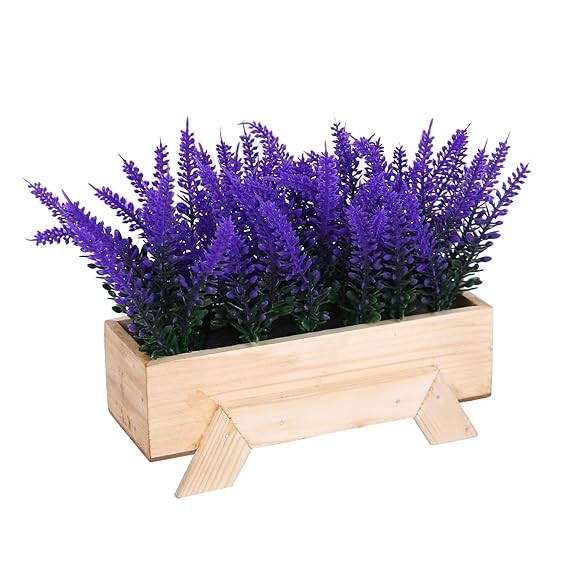
Having containers for your garden makes your job easier in several ways. Whether it’s tomatoes, cabbage, broccoli, root vegetables, or any other veggies, you can grow them in containers. Container vegetable gardening is versatile and ideal for apartments with limited space.
Containers come in various sizes and shapes, but be sure to do your homework and choose the right size for your plants based on the available space in the garden. Also, check the weight carrying capacity of the container and make sure it can support the plant’s growth.
It is also essential for the container to have enough drainage to prevent water from clogging. Additionally, check the material used in the container. The more sustainable and natural the material, the better it will be for the plant.
Also Read: Step By Step Tutorial to Start Your Herb and Vegetable Garden
4. Go Vertical



Break the horizontality and try going vertical, as it saves space and protects the plants from slugs and pests. The verticality of the garden also adds to its visual aesthetics.
Take advantage of vertical gardening ideas. Use trellises, stacked planters, or wall-mounted shelves to grow more in less space. Research the type of tendril or support your plants need. Trellises come in various sizes and shapes, so be sure to do your homework.
Apart from trellises, there are other options like hanging baskets and pergolas. From tomatoes to spinach to herbs, you can grow many types of plants in your hanging basket.
If you have climbers in your garden, then a pergola is one of the best solutions. It makes it easier to harvest fruits from the plants growing on it, and it creates a tree-like feel inside your small apartment.
Also Read: 50+ Stunning Terrace Garden Ideas for a Green Urban Escape
5. Use Window Boxes


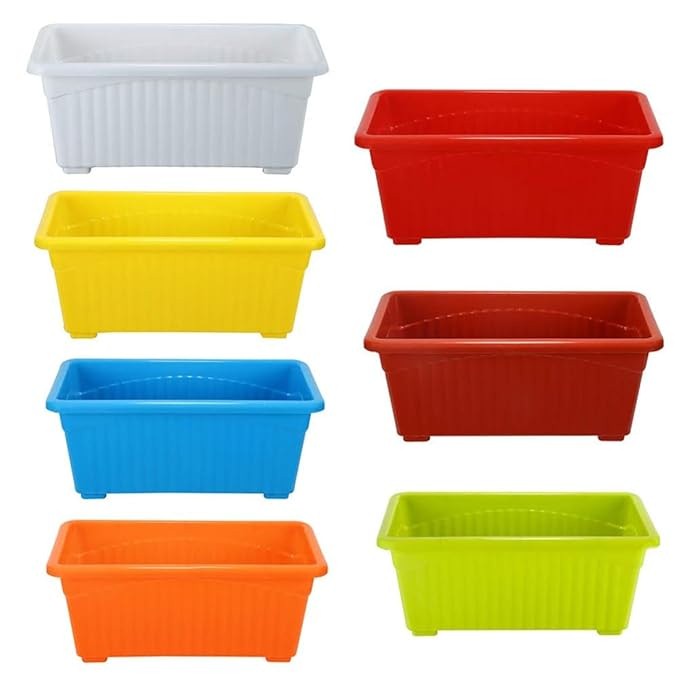
It’s very common in a small apartment to have limited space for your dream garden. In that case, you can use the window boxes of your apartment. If your window provides suitable conditions for the plants to grow, then it can become your next garden spot.
Herbs, shrubs, strawberries, to all the veggies you ever wanted in your organic kitchen garden can all be grown in the window boxes.
You can play with the colours of the planters and containers to match the window boxes, but make sure that the planters and containers are not larger than the window boxes themselves. Now you know that an excellent balcony gardening tip is to install window boxes for herbs and small vegetables
6. Create a Windowsill Garden



Transform your windowsill into a small apartment vegetable garden by placing pots with herbs and leafy greens. In small apartments, it is essential to utilise the maximum space available. Use the window sill to create a window sill garden, much like window boxes.
Check the height of your windowsill, then determine the size of planters and containers required for the plants you wish to grow. Design the space in such a way that the plants receive their suitable environment, while the room remains well-lit and ventilated.
7. Use Hanging Planters


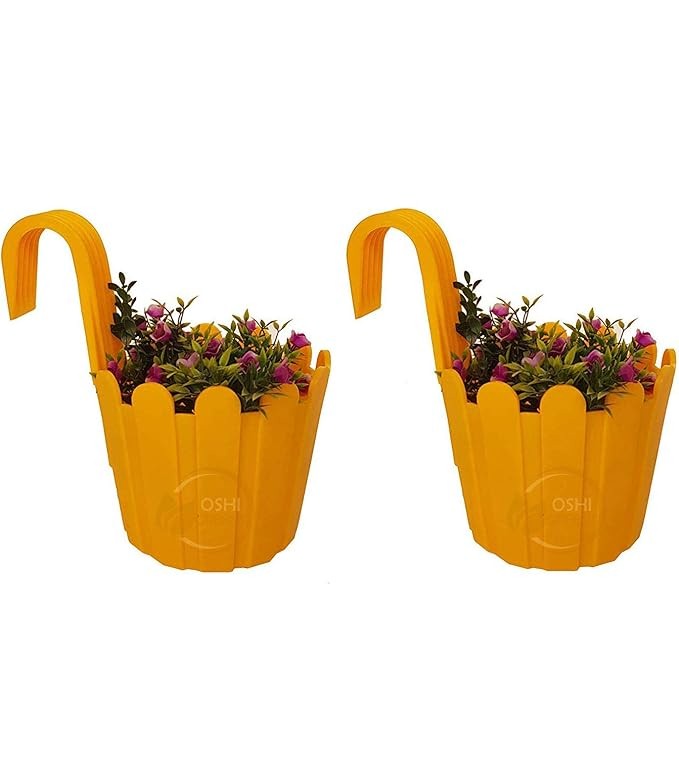
To minimise space usage, you can opt for hanging planters. Hanging planters free up ground space and create a better visual effect. They also protect the plants from pests, rabbits, and other animals. Consider the vertical space available in your garden. Free up floor space using hanging planters for herbs like basil, mint, rosemary, thyme, and parsley.
When selecting hanging baskets, ensure they provide enough space for root growth. Opt for DIY options if desired, such as repurposed containers. Place baskets in locations with adequate sunlight, and water regularly to maintain soil moisture. Apply balanced fertiliser or compost, prune herbs to encourage bushiness, and harvest frequently. Keep an eye out for pests and diseases, rotate baskets periodically for even growth, and refresh soil as needed to ensure optimal plant health and productivity.
8. Plant in Baskets



If you have a slightly bigger space in your apartment, you can opt for baskets, which can save space by eliminating the need for several small pots, allowing you to use a single big basket.
Make sure that the basket you choose fits the size of your garden. Avoid buying oversized baskets. Like hanging planters, baskets can also be hung or placed on the ground.
Go for bamboo, fibreglass, or any other lightweight material for your basket. Ensure that it’s long-lasting and can bear the load of the plant. Look for the perforation and soil-loading capacity of the basket while buying.
Not sure which plants to grow this season? Check out this handy infographic on A to Z Plant Varieties for Your Garden this Summer to find the perfect picks for your small apartment vegetable garden.
9. Create an Edible Landscape on your Balcony



Having an edible landscape on your balcony makes the space unique, useful, and attractive. Mixing ornamental plants with veggies enhances the beauty of your garden.
In a balcony garden, make the most of your space by growing climbing plants like beans or cucumbers on trellises, and use the walls for attaching planters or stackable containers. Don’t forget to follow basic balcony gardening tips like using lightweight containers, grouping plants by sunlight needs, and ensuring proper drainage to keep your plants healthy and happy. Hang baskets filled with plants to add greenery, while still leaving space to relax with a small table and chairs. Choose tough herbs like rosemary and small veggies like cherry tomatoes or lettuce. Add flowers to attract bees and keep pests away, creating a cosy spot to chill out and enjoy nature in the middle of the city.
10. Use Companion Plants

As the saying goes, “two is better than one,” plants also follow this principle of companionship. Companion planting is a technique to grow two plants so closely that one or both benefit from each other. Follow a proper companion planting guide to pair vegetables that support each other’s growth and improve pest resistance.
Companion planting involves growing different types of plants together to benefit one another. It saves space in small gardens, keeps weeds out, prevents soil erosion, attracts helpful insects, and regulates shade. For instance, planting carrots with onions or tomatoes with basil can improve growth and deter pests. However, some plants should not be planted together, like onions with peas. With a little planning, companion planting can create a thriving and productive garden where plants support and complement each other’s growth, leading to healthier vegetables and herbs.
https://www.allthatgrows.in/blogs/posts/companion-planting-chart
Summing It Up
Creating a small apartment vegetable garden is not rocket science. All you need is proper information, guidance and creativity. Select a proper place, choose the right set of plants, decide on a healthy soil mix, and buy the proper planters and containers. Maximise space utilisation and give proper attention to the size and shape of the plants and planters. Don’t overcrowd the space. Keep it simple, keep it green!
FAQs Related to Small Apartment Vegetable Garden
1. How Do You Grow Vegetables in a Small Flat?
First, search for a suitable space in your flat which is well-lit and ventilated. Then, decide on the types of veggies you want in your garden. Typically, vegetable plants like mint, lavender, chives, thyme, basil, etc, are good for gardening in a flat. You can also grow salad plants, like tomato, spinach, and lettuce, which are shallow-rooted and fast-growing.
Once you’ve selected your plants, find appropriate planters or containers or baskets for them to grow in. Typical stone and terracotta pots are sustainable, natural, and allow the plant to breathe, but they become quite heavy as the plants grow. You can go for some lightweight and sustainable materials like bamboo and fiberwood. And yes, you are set to grow veggies in your flat!
2. How Do I Maximise a Small Vegetable Garden?
To get the most out of your small vegetable garden, make sure it receives six to eight hours of sunlight. Access to water and fertile soil is also important. Apart from that, look for plants that thrive in your local climate.
Plant edible plants to enjoy fresh, healthy fruits and vegetables. Look for companion plants, follow succession planting, and choose plants with shorter growing times.
Use planters and containers, go vertical with hanging planters, or use a raised bed to grow your plants. Utilise your window sills and window boxes to create a small garden.
3. What Vegetables Can I Grow in a Flat?
There are several vegetables you can grow in your flat. Some of them are tomatoes, brinjal, radish, salad leaves, lettuce, beans, kale, beetroot, spring onion, capsicum, cucumber, coriander, mint, curry, green chilli, carrot, grapes, broccoli, cauliflower, chard, currants, lemon, etc.
4. What Grows Well in a Small Space?
You don’t need much space to grow plants like herbs, annual flowers, and lettuce leaves. They grow quickly and don’t require much space.
You can also plant compact fruits and vegetables that don’t take up much space. These compact crops can grow in a restricted space.
Additionally, you can select vegetables and fruits that require regular harvesting and keep producing. This efficiently maximises space utilisation and is even economical. Your space will be more productive than before.
5. What Is the Easiest Veggie to Grow in Pots?
Many vegetables grow easily in pots. Some of them are beets, beans, carrots, cauliflower, cabbage, cucumber, eggplant, lettuce, melon, onions, peas, pepper, potato, radish, zucchini, tomato, and more.
Also Read: How to Grow Five Organic Vegetables on Your Terrace?
References
Middleton, S. (2017) Simple Green Suppers: A Fresh Strategy for One-Dish Vegetarian Meals. New York: Roost Books. Available at: https://www.google.co.in/books/edition/Simple_Green_Suppers/j2HcDQAAQBAJ?hl=en&gbpv=1
Author Bio
Saili Sawantt – She is an Architect and Interior Designer by profession. Writing is what she treats as her passion. She has worked as an Architectural Writer, Editor, and Journalist for various design as well as digital portals, both national and international. Formerly she has also worked with Godrej Properties Limited (GPL) Design Studio, Mumbai, due to her keen interested in learning about Sustainability and Green buildings. Apart from this, she runs her blog ‘The Reader’s Express’ and is a practicing Architect & Interior Designer.





